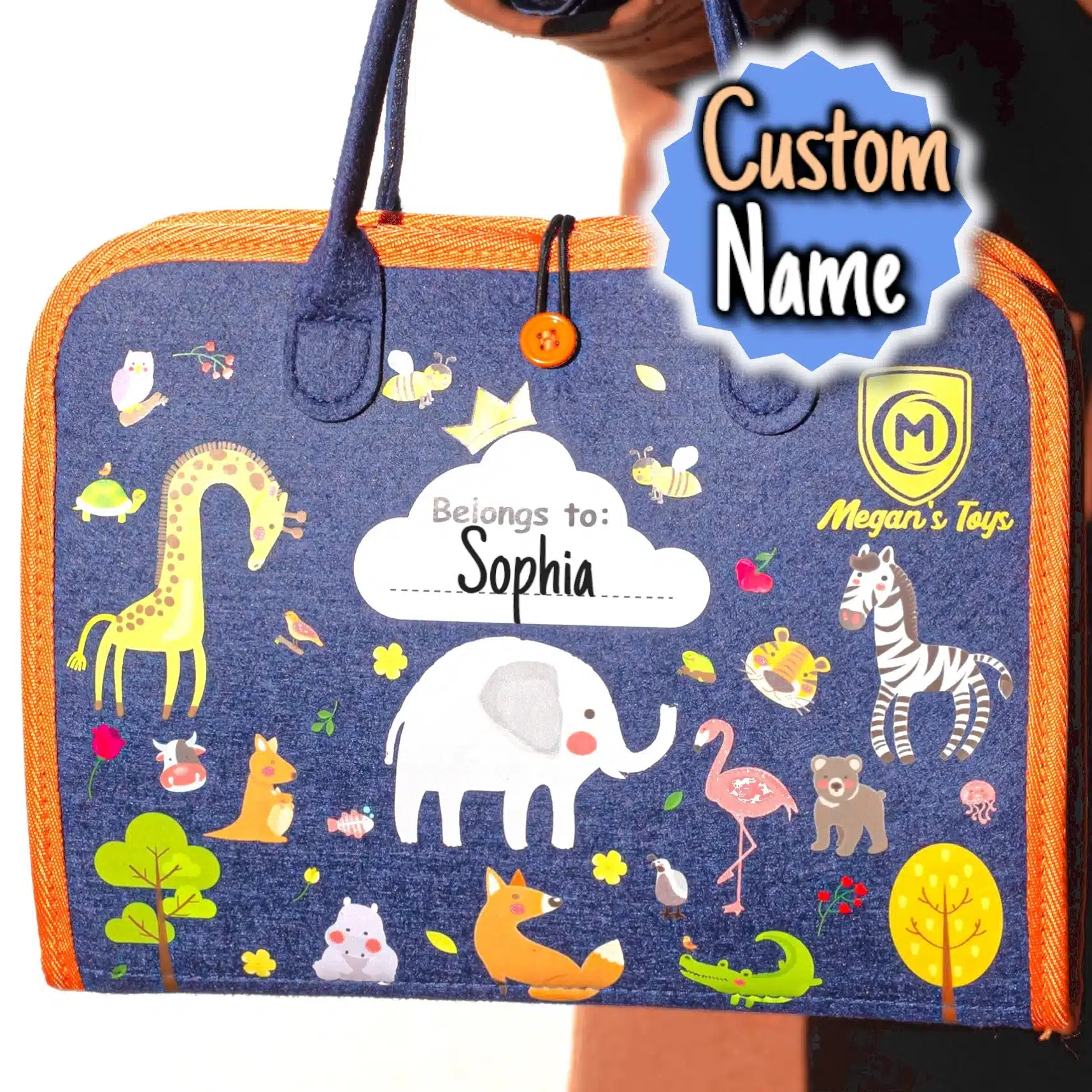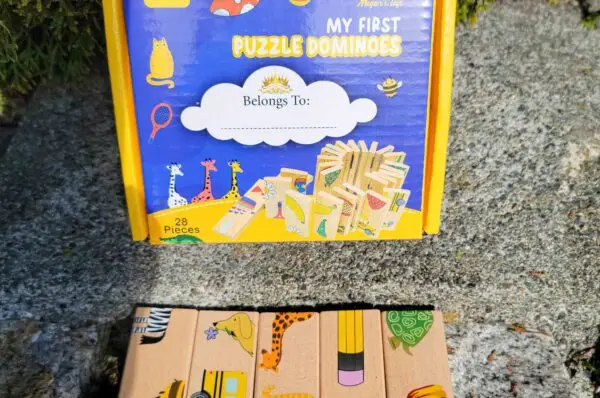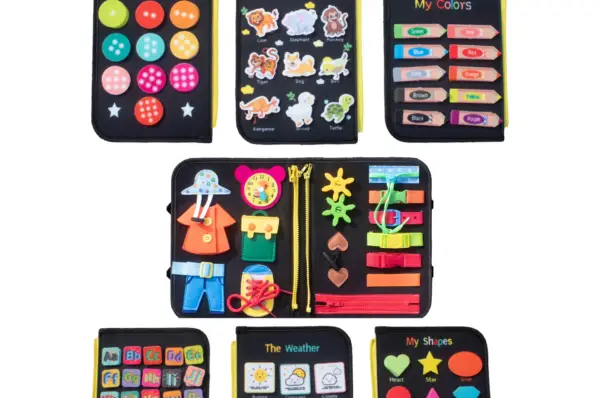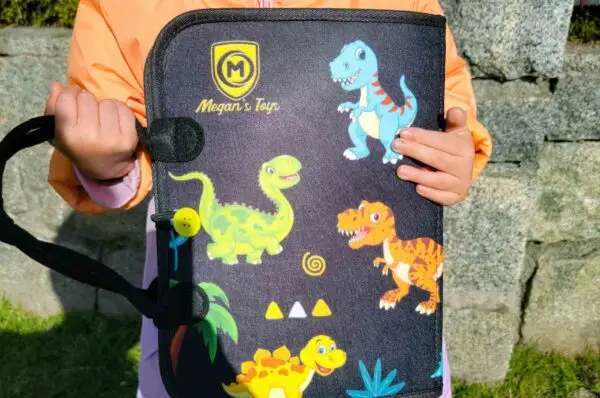In today’s fast-paced digital world, fostering creativity and hands-on learning in children is more important than ever. DIY felt busy boards offer an engaging, tactile, and educational solution that captivates young minds while enhancing their developmental skills. This comprehensive guide will walk you through the benefits, materials, creation process, and customization ideas for crafting the perfect felt busy board for your child.
Benefits of Using Felt Busy Boards for Child Development
Felt busy boards are more than just playful distractions; they are instrumental in promoting various aspects of a child’s development:
- Fine Motor Skills: Manipulating small felt pieces helps strengthen the tiny muscles in children’s hands and fingers, preparing them for tasks like writing and buttoning.
- Cognitive Growth: Engaging with different shapes, colors, and patterns enhances problem-solving abilities and spatial awareness.
- Sensory Exploration: The soft texture of felt provides a soothing sensory experience, beneficial for tactile learning.
- Creativity and Imagination: Open-ended play with various felt pieces encourages storytelling and imaginative scenarios.
- Independent Play: Busy boards foster self-directed play, allowing children to explore and learn at their own pace.
Essential Materials for Creating DIY Felt Busy Boards
Before diving into the creation process, gather the following materials:
- Felt Sheets: A variety of colors for backgrounds and interactive pieces.
- Base Board: Options include sturdy cardboard, foam board, or a lightweight wooden panel.
- Adhesives: Hot glue gun and glue sticks for attaching felt to the base and securing pieces.
- Scissors: Sharp scissors for precise cutting of felt shapes.
- Templates or Stencils: For consistent shapes and designs.teachtraffic.com
- Embellishments: Buttons, zippers, ribbons, and Velcro for added interactivity.
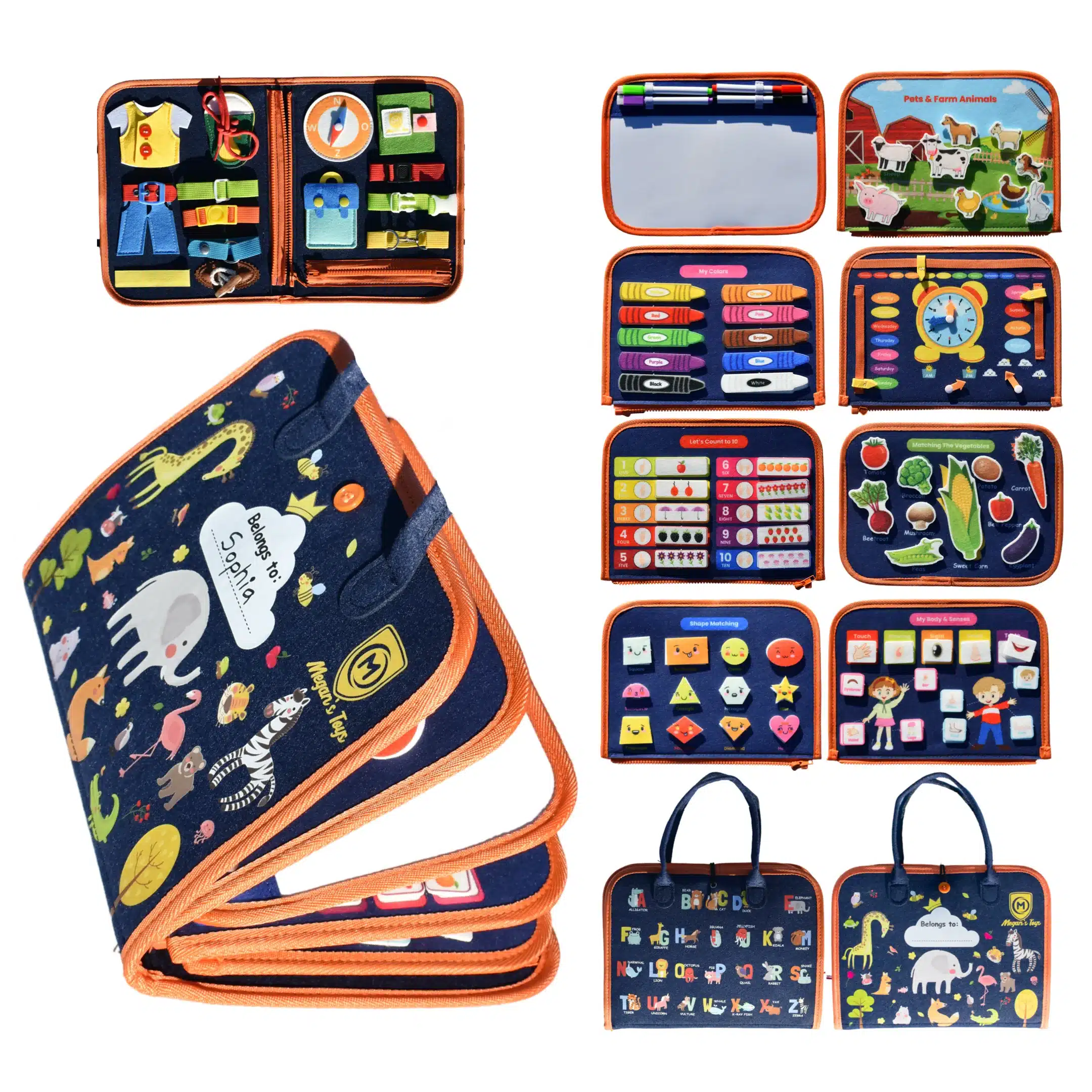
Step-by-Step Guide to Designing Your First Busy Board
- Plan Your Design: Sketch a layout of your busy board, deciding on themes and activities to include.Pinterest+1Joyberry Studios+1
- Prepare the Base: Cut your chosen base material to the desired size and cover it with a large piece of felt, securing it with glue.
- Create Interactive Elements: Cut out shapes, letters, numbers, or themed pieces from colored felt.Wait Til Your Father Gets Home+1Etsy+1
- Attach Elements: Glue or sew the felt pieces onto the board, ensuring they are securely fastened.
- Add Embellishments: Incorporate items like buttons or zippers to enhance the tactile experience.
- Ensure Safety: Double-check that all pieces are securely attached and that there are no sharp edges or small parts that could pose a choking hazard.

Creative Ideas for Felt Activities on Busy Boards
- Shape Matching: Create various geometric shapes that children can match to corresponding outlines.
- Color Sorting: Design pockets or sections where children can sort items by color.
- Dress-Up Dolls: Craft felt dolls with interchangeable outfits to encourage imaginative play.
- Animal Figures: Include felt animals to facilitate storytelling and recognition of different creatures.
- Alphabet and Numbers: Incorporate letters and numbers to promote early literacy and numeracy skills.
Safety Tips for DIY Busy Boards
- Secure Attachments: Ensure all elements are firmly attached to prevent choking hazards.
- Non-Toxic Materials: Use child-safe, non-toxic adhesives and materials.
- Smooth Edges: If using a wooden base, sand down any rough edges to prevent splinters.Pinterest+10Wait Til Your Father Gets Home+10Joyberry Studios+10
- Supervised Play: Always supervise young children during play, especially if the board includes small parts.
Customization: Personalizing Busy Boards for Your Child
Tailoring the busy board to your child’s interests enhances engagement:
- Favorite Themes: Incorporate elements from your child’s favorite stories, animals, or activities.
- Name Recognition: Spell out your child’s name with felt letters to promote letter recognition.
- Cultural Elements: Include items that reflect your family’s culture or traditions.
Maintaining and Updating Your Felt Busy Board
To keep the busy board engaging and in good condition:
- Regular Cleaning: Gently spot clean the felt with a damp cloth as needed.Everything Unscripted
- Rotate Activities: Periodically change out or add new elements to maintain interest.
- Inspect for Wear: Regularly check for loose parts or signs of wear and repair promptly.
Inspiring Examples: Successful DIY Felt Busy Boards
For inspiration, consider exploring these resources:
- Wait Til Your Father Gets Home: Offers a detailed tutorial on creating a DIY felt activity board. Wait Til Your Father Gets Home
- Joyberry Studios: Provides a step-by-step guide to making a busy board for toddlers. Joyberry Studios
- Pinterest DIY Busy Board Ideas: A collection of creative busy board designs and concepts.
Conclusion: Fostering Creativity Through Play
Crafting a DIY felt busy board is a rewarding project that offers numerous developmental benefits for your child. By engaging in this hands-on activity, you not only create a personalized educational tool but also provide an avenue for your child to explore, learn, and grow creatively. Embrace the process, and enjoy the countless hours of imaginative play that will

